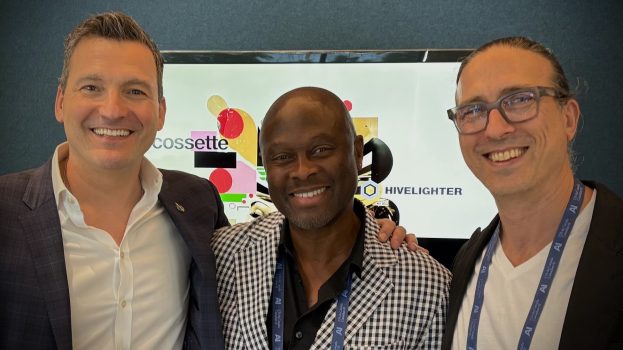Developed by Ubisoft, Star Trek: Bridge Crew is an upcoming virtual reality game for the PlayStation 4 that puts players in command of their very own Starfleet ship. The game is meant to be played in multiplayer, with each player taking a different role as part of the ship’s crew.
But in the likely scenario players don’t have four PlayStation VR headsets to go around, they’ll be provided with a very special crew member to fill the chairs on their ship’s bridge: IBM’s Watson.
Specifically, the company’s artificial intelligence system will bring its AI-powered voice recognition capabilities to the game. This means players will be able to bark orders in natural language to non-human players, as opposed to inputting commands with a button on the controller or choosing from a list of text-based commands.
Watson’s voice command features are not a standard part of the game, however, and will be made available during an experimental beta period that will launch at some point the summer following the game’s May 30 release.
Beta or not, being included as part of a mass-market video game will be a major test for Watson and, given its status at the forefront of AI, the current capabilities of natural language recognition. Users may be able to forgive an AI telling them “sorry, I didn’t understand that” when dealing with a chatbot or personal assistant, but having an interface that understands natural language quickly and accurately is much more important when you’re in a shootout with a bunch of Klingons.
IBM announced its involvement with the game as part of today’s launch of its “Speech Sandbox,” a set of developer tools that was used to create the feature within the game. The Sandbox combines the Unity SDK game development platform with Watson’s existing Speech to Text and Conversation natural language recognition capabilities to bring voice-powered user interfaces to virtual reality experiences. While the applications are clearly gaming-first, it could also be a chance for those in other fields to testing the possibilities of combining voice and VR.























